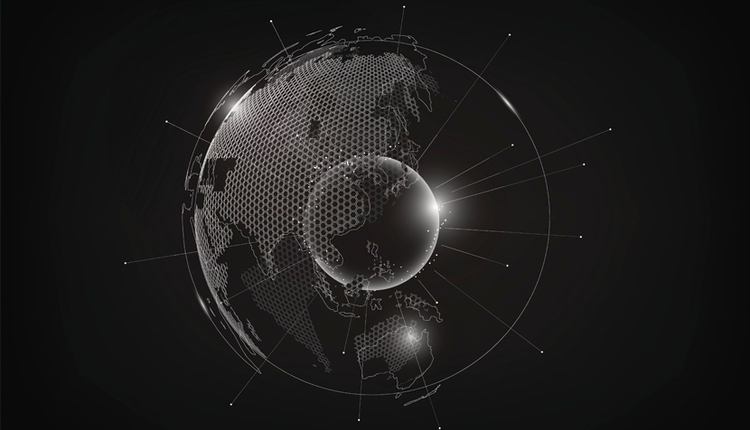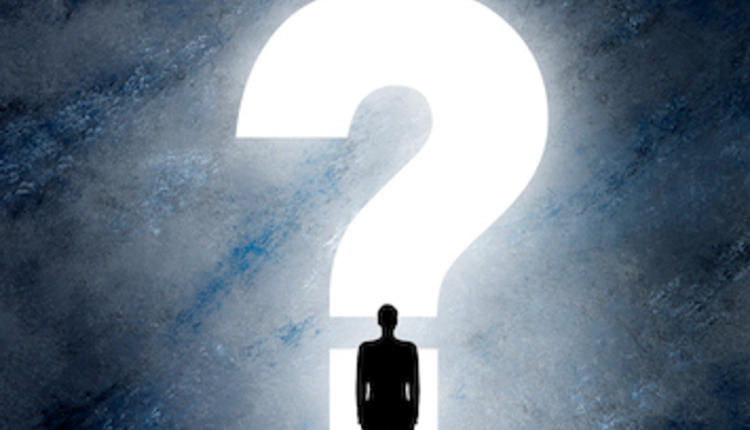This article appears in the Fall 2018 magazine issue of DOCUMENT Strategy. Subscribe.

In an age where email, instant messaging, and file sharing have come into prominence, why would the use of a decades-old technology like fax be on the rise?
The question is not when or how to eliminate the use of fax entirely from the enterprise, but instead, it should be one of how much value it provides and how it can become part of your integrated enterprise.

Image by: lukeruk, ©2018 Getty Images
According to a recent IDC study titled “Fax Market Pulse: Trends, Growth and Opportunities,” the use of fax technology is on the rise and is expected to continue to grow over the next few years. In fact, 43% of survey respondents reported that their fax usage had increased, and 88% of respondents in North America expect this usage to grow or remain steady in the next two years.
In an age where email, instant messaging, and file sharing have come into prominence, why would the use of a decades-old technology like fax be on the rise?
In organizations, legacy back-end applications and security concerns reign supreme, and in this case, fax is the winner. The bottom line is that fax is entrenched into our critical business workflows and has been a trusted communication channel for decades.
While the standalone fax machine may not be the dominant device of choice, the use of integrated fax servers and cloud-based services have introduced ease of use, speed, and accuracy to users, reinforcing the compelling business case for this communication method.
Especially in sectors like healthcare and financial services, data security and regulatory compliance remain a top priority, since the Health Insurance Portability and Accountability Act (HIPAA) and the Sarbanes-Oxley Act require audit trails, confirmation of send/receive status, and secure transmission.
“43% of survey respondents reported that their fax usage had increased, and 88% of respondents in North America expect this usage to grow or remain steady in the next two years.”
Especially in sectors like healthcare and financial services, data security and regulatory compliance remain a top priority, since the Health Insurance Portability and Accountability Act (HIPAA) and the Sarbanes-Oxley Act require audit trails, confirmation of send/receive status, and secure transmission.
It’s no surprise then that in finance, survey respondents expected to see a 20% increase in fax usage, while those in healthcare projected a 25% increase in the next two years. While one could argue that email can deliver similar security safeguards with encryption technology, many businesses agree that the cost is too great when compared to fax technology, where this encryption is built in.
There are arguments on both sides whether to keep fax or to eliminate it for other more modern technologies. However, the reality is that fax is simply another tool that can be integrated into your information ecosystem and used for specific purposes, like regulatory compliance or transmission to remote locations where Internet access may be limited, or merely for its simplicity.
There are arguments on both sides whether to keep fax or to eliminate it for other more modern technologies. However, the reality is that fax is simply another tool that can be integrated into your information ecosystem and used for specific purposes, like regulatory compliance or transmission to remote locations where Internet access may be limited, or merely for its simplicity.
The question is not when or how to eliminate the use of fax entirely from the enterprise, but instead, it should be one of how much value it provides and how it can become part of your integrated enterprise.
Fax technology was designed for a specific purpose—secure, low-cost transmission of information. It still does that extremely well.
Bob Larrivee is a recognized expert in the application of advanced technologies and process improvement to solve business problems and enhance business operations. He reports on the latest information management technologies for DOCUMENT Strategy. Follow him on Twitter @BobLarrivee or visit boblarriveeconsulting.com.













